Peru is one of fastest-growing economies in South America, with mining regarded as one of the key drivers behind the growth record.
Edi Hirose has dedicated the past few years to documenting how his country is grappling with the many transformations brought about by the economic boom. First, he turned his gaze to the construction frenzy in urban areas. His images show how bleak brick buildings, quickly erected skyscrapers, soulless concrete and “blind walls” are slowly eating up Peruvian cities and their surrounding territory.
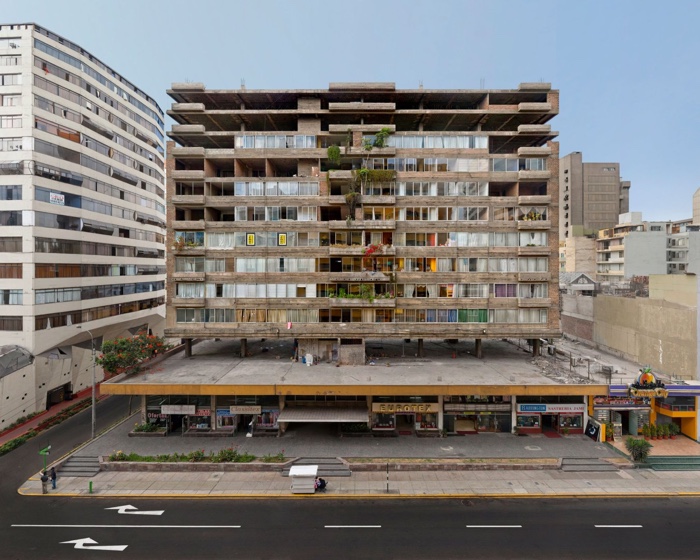
Edi Hirose, Expansion 1, 2013
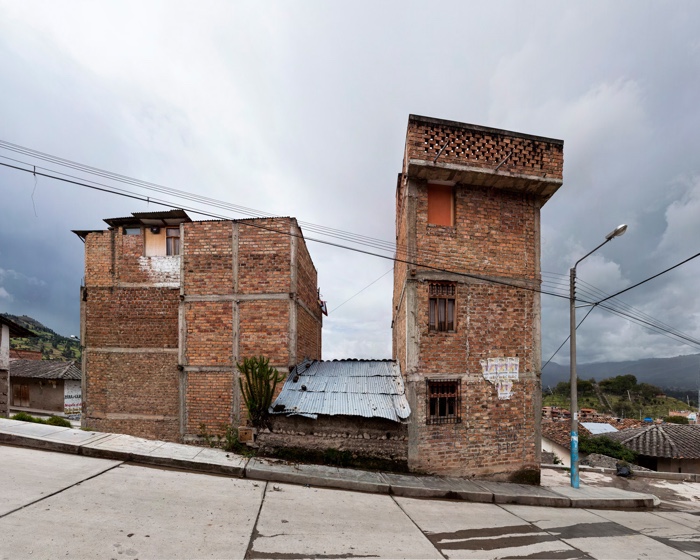
Edi Hirose, Expansion 1, 2013
Soon enough though, the photographer left the urban context to investigate the industry that makes modern life possible and yet, remains invisible to city dwellers: mining. He and his camera thus ventured into the Amazonian region. Last year, gold mining deforestation destroyed an estimated 22,930 acres of Peru’s Amazon, at the expense of its fragile ecosystem. Although most of the metal extraction is made by international mining companies, a significant amount of gold is also produced illegally by small operators in protected areas in and around the region of Madre de Dios.
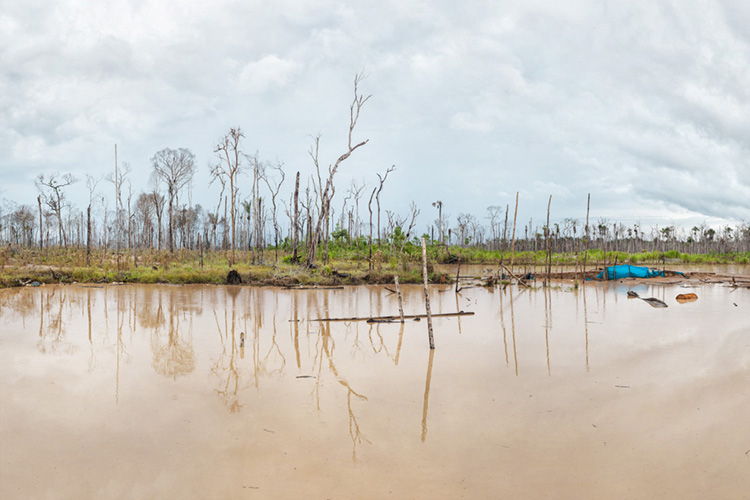
Edi Hirose, from the series Dominio

Edi Hirose, Pallaqueras, from the series Ananay, 2018

Edi Hirose, La Rinconada view, from the series Ananay, 2018
Despite government efforts to put an end to illegal mining activities, the devastation continues. The Peruvian landscape is now marred by heavy machinery, quarries, tailing basins, polluted water sources, eroded hills, etc.
You can barely see any human figure in Hirose’s photos. Yet, their footprint is everywhere. Thanks to the Peruvian economic boom, men have modified landscapes and our perception of what constitutes them.
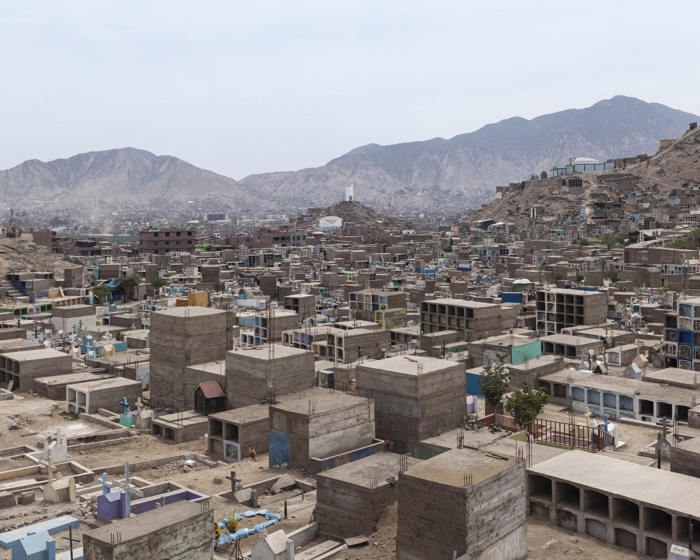
Edi Hirose, Expansion 1, 2013

Edi Hirose, Poste eléctrico (electric pole), from the series Ananay
Without ever judging what he portrays, the photographer manages to subtly raise questions about the future of the Andean space, climate change, toxic waste and the ruthless extraction of non-renewable natural resources from pristine rainforest. I discovered his work a few months ago (while reading Artishock magazine) and since i couldn’t stop going back to his photos, i decided to get in touch and ask Edi Hirose to tell us more about his photo projects:
Hi Edi! First of all, i was wondering how you got interested in exploring and documenting mining in Peru. It’s not a very visible problem if you live in cities. Besides, mines are usually located off the beaten tracks (including in the Amazonian forest as the Dominio series shows.) So what brought you to this topic in the first place?
The interest on mining was almost parallel to the interest I had in the transformations of cities around the country. Since 2000, Peru had an accelerated economic growth and the sectors that benefited the most from it were the mining and the real estate sectors.
Mining may not be close to the capital, but it is a subject that is very critical, especially informal and illegal gold mining.

Edi Hirose, Baños (toilets), from the series Ananay

Edi Hirose, Basural (garbage), from the series Ananay
I’m very curious about your working process. For example: do you have to do a lot of preliminary research and investigation? Do you engage and talk with the people who work and live there? And how much time do you typically spend on the location of a mine before you are happy with the project?
Illegal mining is a very sensitive topic and it´s not easy to get to talk with affected people. Fortunately, I met people who were involved in the issue, both from a social aspect and from the aspect of the environmental impact.
Every year the situation is getting more complicated and illegal mining is increasing. The level of danger is high so my stays in the zone were very short. Miners often take violent actions against all those who want to photograph or make videos, even with cellphones. The mere presence of a tourist can become very tense situation.
I have to think about all possible situations to photograph (thus to visualize situations) and be clear about what situations or elements are important to include in the photos.
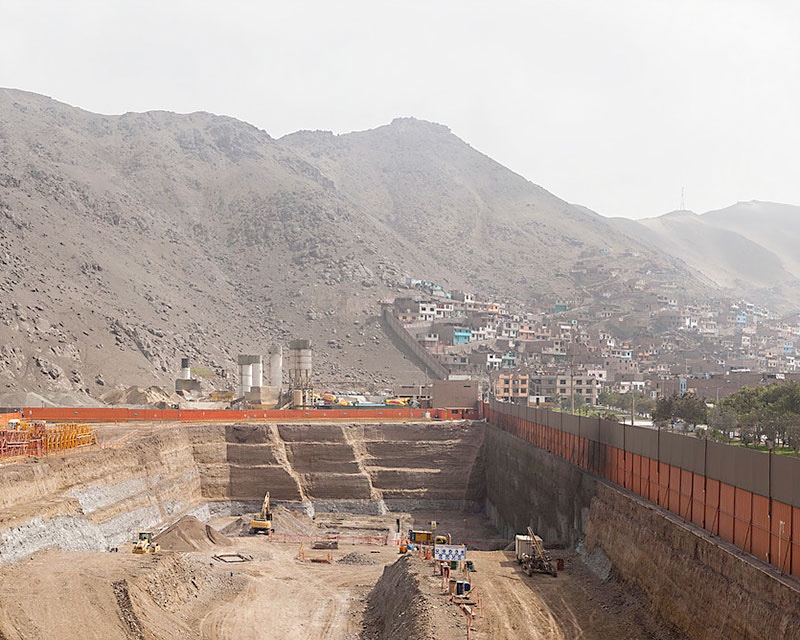
Edi Hirose, Moving Mountains
If i were the manager of a mine i would probably be very worried about your presence. I wouldn’t want you to bring too much attention to the destruction of the ecosystems and landscapes. How visible are you when you photograph the mining infrastructure and the traces it leaves behind? And how open can you be about your motivations if someone sees you photographing the area?
I have only worked in Madre de Dios and Puno. Both cases were very different, not only because of their geography. Madre de Dios is full jungle. There are many small extraction sites and it is easier to move between those areas. The presence of someone photographing can remain unnoticed in the vast landscape.
In Puno, it was complicated because the mining is inside a mountain next to the town. I had to work in the middle of the population (70 thousand inhabitants). I had to negotiate with certain people to be able to photograph.
On the way, I have to do with whom I can talk to. I think everything is based on behaviors and gestures, although nothing guarantees that you can get what you want. In Puno I was able to negotiate with some people, but in the end they asked me to leave.
I find it more important to avoid disturbing people more than to get a great picture.
The main idea was to work on the landscape. The Expansión project contains many works related to the landscape and its transformation.
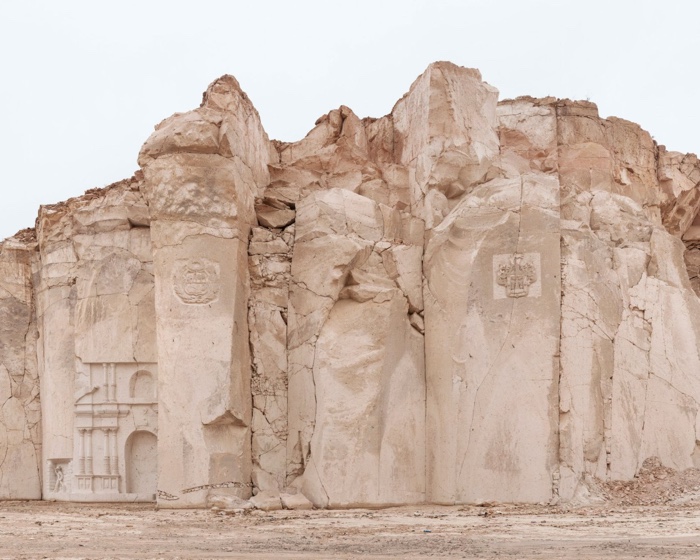
Edi Hirose, Expansion 2, 2016
This one is probably going to sound like a very naive and ignorant question: your recent works has explored illegal mining. If it is illegal and is clearly having devastating effects on natural resources, how come the government doesn’t intervene and make these activities stop?
Yes, it is informal and illegal and only for the extraction of gold.
Despite the excesses of destruction, pollution, crime, etc., nobody knows why the government does not act drastically to stop it. As with the drug (being the first producer of cocaine) it seems clear that there is a lot of power behind gold mining.
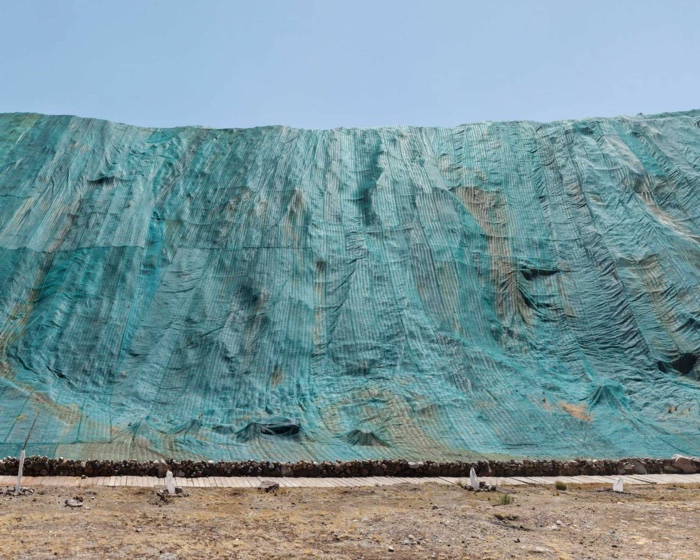
Edi Hirose, Expansion 2, 2016
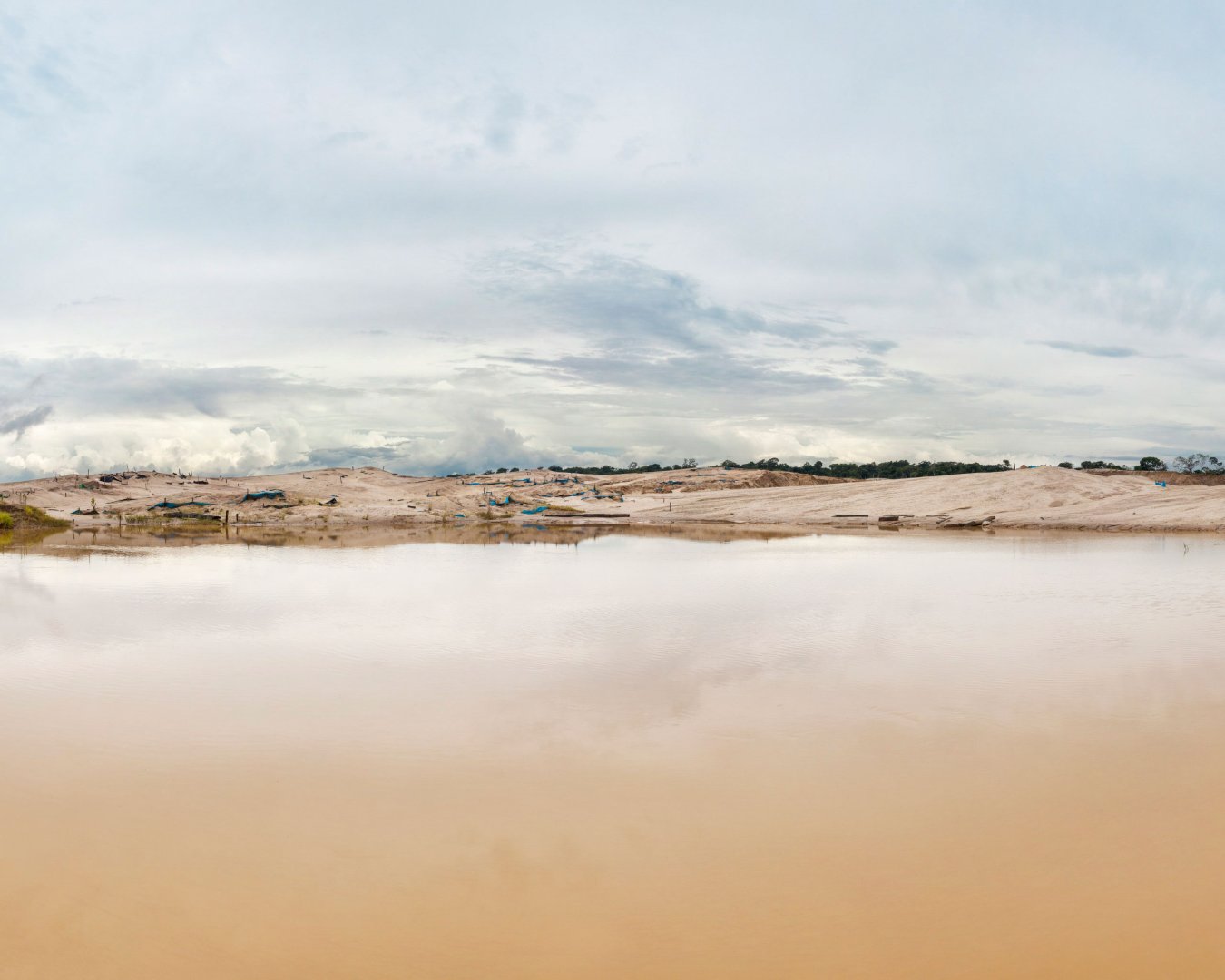
Edi Hirose, Expansion 2, 2016
Is the scale of informal mining very modest in terms of social impact and technology used compared to industrial mining?
The extraction methods are basic. Depending on the case, extraction is supported by machines or done manually. It is difficult to get precise figures about how much illegal gold is extracted but the consequences will affect the whole country and who knows, the world. We are a country that depends a lot on its rivers.
The devastation of the Amazon is not being taken seriously.
The most surprising thing about your work is to realise how much aesthetic pleasure you manage to create. The images are obviously distressing but they are also beautiful to contemplate. How do you manage to keep the balance between on the one hand, a visual fascination and on the other had, a sense of urgency and a series of realities that are not very pleasant to see?
I am not a journalist or documentary photographer in the traditional sense. In fact, my works are not shown in the press or in magazines. I had a more art-oriented education. The discourses in these works avoid the sensationalism and try to play with a double reading or layers around the landscape to document a tragic human behavior in relation to its environment.
Most people know how tragic it is (or they can imagine it) and I think it is not necessary to show it. In any case, I find it more interesting to show it in another way, like working certain absences, because absences help generate questions.
Something i noticed about the Ananay photos uploaded on your website is that people appear in some of the photos, even though you seem to have kept a distance between them and your photographic lens. In other series, however, human figures never seem to appear. Why don’t you show more people in these series and why do they suddenly emerge in Ananay?
In Ananay (also Pozuzo) I made an exception. The issue of illegal mining is similar throughout the country, but in Puno it is very particular. It is the first time I felt important to include people (strictly women.) The employment situation of male miners is quite precarious, but that of women is worse because they can not work directly in the mine. There is an Andean belief that says that the Earth becomes jealous if a woman enters it, creating destruction. That’s why they work in the dumps outside the mine, trying to get gold where there is almost none.
I would like to continue with women miners in Puno, but due to the difficulties I had to focus on other issues.
Do you think that, as a photographer, you can play a meaningful role in the kind of environmental or political issues that your work exposes? I imagine that you bring a lot of awareness but have you ever noticed that people have started thinking differently after having discovered your images? Or maybe attempted to act or launch campaigns?
Somehow, I feel that photography has lost the ability to generate interest and, on the other hand, that people have lost the ability to be attracted to an image. Maybe I am very pessimistic but in these times I don´t think that photography can change anyone. There are many factors that have modified the forms of communication in the image, not just the photographic image.
Any other upcoming events, fields of research or projects you could share with us?
I have several jobs in progress and I still can not define which one to start with. There are many factors that affect the projects I want to work on and everything depends on how I resolve them.
Thanks Edi!
